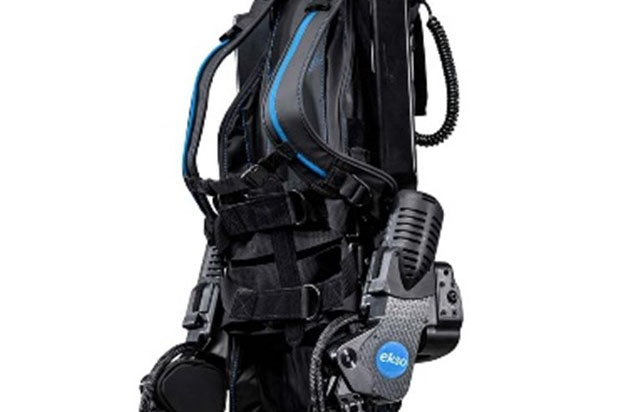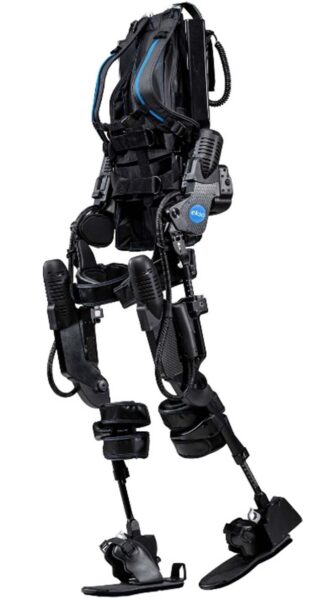Boosting Exoskeleton Performance and Comfort

In recent years, exoskeleton technology has made remarkable strides, revolutionizing industries from healthcare to manufacturing.
These wearable robotic devices offer enhanced strength, mobility, and support, empowering users with newfound capabilities. However, the advancement of exoskeletons hinges not only on technological innovation but also on the materials that form their foundation. From lightweight alloys to flexible composites, materials play a central role in shaping the functionality, comfort, and durability of these devices.
You can also read: Cast21’s Innovative Resin Casts for Improved Healing
Structural Backbone of Modern Exoskeleton Technology
Contemporary exoskeletal technology relies on the careful selection and utilization of advanced materials as its cornerstone. Al7075 and Carbon Fiber are two materials that perform well in terms of material performance index as well as other mechanical properties. These materials exhibit favorable performance indices along with desirable mechanical properties, making them viable choices for exoskeletal applications. Titanium alloys and Kevlar, while boasting impressive performance indices, may be ruled out due to factors such as cost or compressive strength. Moreover, polymers like polyethylene, recognized for its exceptional strength and flexibility, form a structural backbone, while polyurethane introduces elements of comfort and shock absorption. Consequently, these polymers, meticulously engineered, serve as the bedrock upon which exoskeletons derive their lightweight, durable, and functionally dynamic properties.
The Impact on Our Daily Lives

EksoNR model design by Ekso Bionics.
Ekso Bionics stands out as a premier global exoskeleton company, targeting two vital sectors: manufacturing and healthcare. In the manufacturing sector, the company actively secures commercial partnerships, notably with industry giants Ford and Boeing in the United States. Simultaneously, in the healthcare field, Ekso Bionics establishes collaborative research endeavors with renowned institutions such as UCLA. These projects focus on creating exoskeletons to enhance the rehabilitation process for patients experiencing mobility impairments.
A prime example of their innovation is the EksoNR, a product meticulously engineered from aircraft aluminum and carbon fiber. This exoskeleton, which weighs approximately 60 pounds (27 kg), offers customization to fit the specific body dimensions of various patients. Through this model, Ekso Bionics showcases the significant role of combining lightweight and durable materials to facilitate motor function recovery in individuals with limited limb strength.
Shaping Sustainable Solutions for Tomorrow’s Exoskeletons
The evolution of exoskeleton technology underscores a shift towards the fusion of bionics and personalized solutions. Bio-compatible polymers, meticulously engineered to mimic natural tissue mechanics, foster a harmonious interaction between exoskeletons and the human body. Concurrently, advancements in 3D printing technology enable tailored exoskeletal designs, precisely adapted to individual anatomies, optimizing performance and comfort alike.
As technological advancements progress, the imperative for sustainable manufacturing practices and recyclability becomes increasingly apparent. Bio-based and biodegradable polymers emerge as key players, reducing the environmental footprint of production processes. Additionally, a strategic emphasis on designing exoskeletons with disassembly and recycling capabilities promotes a closed-loop approach, minimizing waste and fostering a more environmentally conscious exoskeletal ecosystem.
